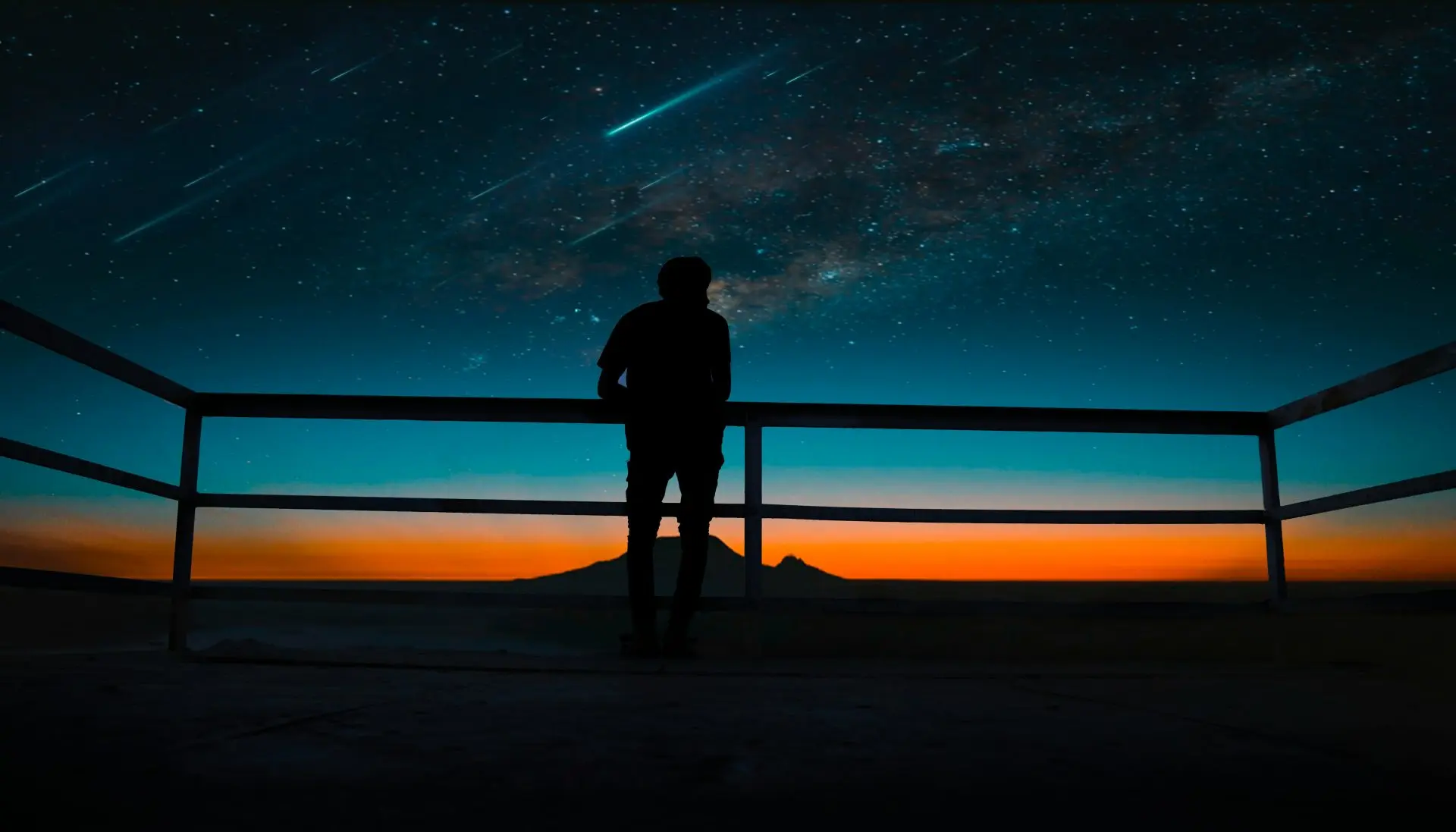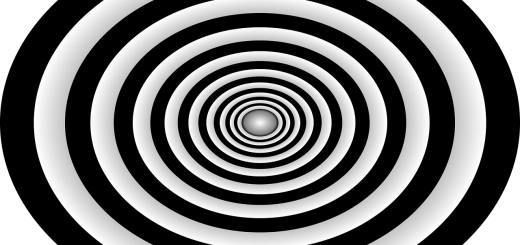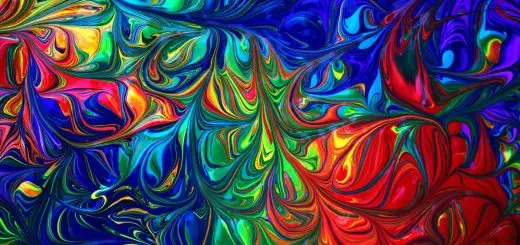The Most Fascinating Historical Maps Ever Created

Looking for more amazing products? Check out our online store and explore our collection here! Happy shopping!
Before diving in, please note: This post is for informational purposes only. If you’d like to know more about how we approach topics, feel free to check out our friendly Disclaimer Page.
Hey there, amazing readers! 
We’re committed to delivering quality posts, and your support (even just sticking around despite the ads) means everything to us. So, bear with us, and thanks for helping us keep the good vibes rolling. Now, on to the fun stuff!
TRANSLATE BUTTON AT THE END OF THE ARTICLE
A Quick Overview
Historical maps are more than just navigational tools; they are treasures of human thought and creativity.
They tell stories, reflect societies, and reveal the worldview of their time.
From ancient scrolls depicting the known world to intricate maps charting the stars, each piece of cartography is a window into history.
Let’s embark on a journey through the most fascinating historical maps ever created, exploring the artistry and significance behind them.
Introduction: The Allure of Historical Maps Unveiled
Maps have a magnetic charm.
They evoke curiosity and wonder, inviting us to explore the past.
When I look at a historical map, I feel like I’m holding a piece of history in my hands.
These artifacts connect us to different eras, cultures, and ideas.
They’re not just lines on paper; they encapsulate the hopes, dreams, and knowledge of people long gone.
Consider this: a map can reveal how people understood their surroundings, how they interacted with each other, and what they considered important.
The fascinating thing is that maps evolve over time, reflecting shifts in power, technology, and perspective.
They showcase our quest for exploration and understanding.
So, let’s dive into some of the most captivating maps ever crafted.
Ancient Wonders: Maps of the Classical World
The maps of the classical world reflect a profound understanding of geography, even if they seem primitive by today’s standards.
One of the earliest known maps is the Babylonian World Map, dating back to the 6th century BCE.
It illustrates the known world in a circular shape, with Babylon at its center.
This map emphasizes how ancient cultures perceived their place in the universe.
Another gem from antiquity is the Ptolemaic map, created by the Greek geographer Claudius Ptolemy in the 2nd century CE.
Ptolemy’s work laid the foundation for modern cartography.
His map introduced a grid system that helped to accurately position places using latitude and longitude.
This was revolutionary, as it provided a framework for explorers and geographers for centuries to come.
The Tabula Rogeriana, created by the Arab geographer Muhammad al-Idrisi in 1154, is yet another remarkable ancient map.
It was commissioned by the Norman King Roger II of Sicily and represents the world as known in the 12th century.
The map is oriented with the south at the top, which was a common practice in medieval Islamic cartography.
Al-Idrisi’s work is a testament to the advanced knowledge of geography in the Islamic Golden Age.
These ancient maps do more than depict land and sea; they illustrate the cultural narratives of their time.
They highlight the importance of trade routes, territorial claims, and even mythological beliefs.
Each one serves as a reminder of the rich tapestry of human experience.
Medieval Marvels: Navigating the Unknown
During the medieval period, maps became symbols of faith, power, and exploration.
Monks and scholars crafted maps that reflected their interpretations of the world, often blending geography with religious beliefs.
One such map is the Hereford Mappa Mundi, created around 1300 in England.
This giant map shows not only geography but also biblical stories, mythical creatures, and important historical events.
The Hereford Mappa Mundi is an enchanting piece.
It places Jerusalem at the center, emphasizing its significance in Christian belief.
The map is filled with intricate details—like illustrations of fantastical beasts and the Garden of Eden.
Each element conveys a moral lesson or a spiritual truth, serving as both a geographical and religious guide.
Another notable medieval map is the Ebstorf Map, which dates to the early 14th century.
Much like the Hereford Mappa Mundi, it also positions Jerusalem at the center.
However, the Ebstorf Map was larger and depicted more insight into the known world, incorporating information from ancient sources.
Sadly, it was destroyed during World War II, but photographs and copies still provide a glimpse into its grandeur.
The medieval period was characterized by a combination of exploration and myth-making.
While some maps were used for navigation, many were created to reflect the beliefs and knowledge of the time.
These maps remind us that the world was not just a physical space but also a canvas for imagination.
The Mappa Mundi: A Glimpse into Medieval Thought
The Mappa Mundi concept is fascinating.
It encompasses maps that reflect medieval worldviews, often blending mythology and faith with geography.
These maps played a crucial role in shaping how people understood their surroundings.
The Hereford Mappa Mundi, which we touched on, serves as a prime example.
It’s not just a map; it’s a narrative.
It tells the story of the world as understood in medieval Europe.
The way it prioritizes spiritual sites over geographic accuracy reveals a lot about the values of that era.
Notably, the Ebstorf Map, while lost, was another significant contribution to this genre.
It depicted the world in a circular format with extensive details about various regions, emphasizing the interconnectedness of life, faith, and geography.
The sheer scale of these maps often required immense effort and time, showcasing the dedication of cartographers.
Maps like these were not just for navigation; they were tools for education and reflection.
They shaped people’s perceptions, guiding them through moral and ethical dilemmas.
The blend of fact and fiction in these maps creates a rich tapestry of medieval thought.
The Age of Exploration: Maps that Changed History
The Age of Exploration marked a transformative era in cartography.
Driven by the spirit of discovery, explorers sought new lands and resources, leading to the creation of groundbreaking maps.
One notable example is the Cantino Planisphere, a map created in 1502 that famously depicted the newly discovered lands of the Americas.
This map was revolutionary.
It showcased a detailed view of the coastline of Brazil and other territories in the New World.
The Cantino Planisphere sparked interest among European powers, leading to a scramble for colonization and trade routes.
It played a crucial part in shaping European perceptions of the Americas.
Another significant map from this period is the Waldseemüller Map, created in 1507.
This map is heralded for being the first to use the name "America," honoring the explorer Amerigo Vespucci.
Waldseemüller’s work was groundbreaking, as it provided a comprehensive view of the world, incorporating both Old World and New World geography.
However, the Age of Exploration also came with its dark side.
Maps often served to justify colonialism and imperialism.
The boundaries drawn on maps determined the fate of countless indigenous peoples.
The maps of this era tell stories of both adventure and exploitation, making them all the more compelling.
These maps are not just historical artifacts; they are documents of human ambition and consequence.
They reflect our desire to explore while reminding us of the ethical implications tied to that quest.
Celestial Charts: Mapping the Night Sky
Celestial charts represent a different type of mapping altogether.
While traditional maps focus on the Earth, celestial maps guide us through the cosmos.
Ancient civilizations often looked to the stars for navigation and understanding of the universe.
The star maps of the Babylonians, dating back to 2000 BCE, are among the earliest examples.
They charted constellations and planetary movements, allowing for timekeeping and navigation.
Ancient Greeks like Ptolemy also contributed to this field, creating star catalogs that have influenced astronomy for centuries.
In the Islamic Golden Age, astronomers like Al-Battani created highly accurate celestial maps.
These maps were essential for navigation and religious practices, particularly for determining the direction of Mecca.
The intricate details in these maps reflect the sophistication of Islamic science and mathematics.
One of the most famous celestial charts is Johannes Hevelius’s "Firmamentum Sobiescianum," published in 1690.
Hevelius’s work included detailed drawings of constellations, contributing significantly to our understanding of the night sky.
His maps are beautiful and scientifically valuable, merging art with astronomy.
Celestial charts remind us of humanity’s quest to understand the universe.
They reflect our fascination with the stars and our desire to find our place in the cosmos.
The First Atlas: Mercator’s Groundbreaking Work
Gerardus Mercator revolutionized cartography with his creation of the first modern atlas in 1569.
His innovative approach to map-making introduced the concept of a cylindrical map projection, which allowed for more accurate navigation.
The Mercator Projection became a staple for sailors and explorers.
Mercator’s atlas, titled "Atlas sive Cosmographicae Mediationes de Fabrica Mundi," was groundbreaking for its time.
It featured detailed maps of various regions, complete with vibrant illustrations and extensive geographical information.
It was a blend of art and science, showcasing Mercator’s genius.
The Mercator Projection, while useful, also has its drawbacks.
It distorts the size of landmasses as one moves away from the equator.
For example, Greenland appears much larger than it actually is.
Despite this, Mercator’s work laid the groundwork for modern navigation and influenced how we view the world.
Mercator’s atlas was more than just a book of maps; it was an invitation to explore.
It reflected the curiosity of an age driven by discovery and adventure.
The atlas had a lasting impact on cartography and remains influential today.
Cartography and Colonialism: A Complex Relationship
Maps are powerful tools that can shape perceptions and influence actions.
The relationship between cartography and colonialism is a complex one.
As European powers expanded their empires, they relied heavily on maps to assert their dominance over new territories.
During the colonial era, maps often depicted lands as empty spaces ready for conquest.
They disregarded the existing cultures and peoples, simplifying their histories into mere annotations on a page.
This practice demonstrates how maps can serve as instruments of power and control.
One infamous example is the "Treaty of Tordesillas," which divided newly discovered lands between Spain and Portugal.
The maps that accompanied this treaty effectively erased the rights of indigenous populations.
Such acts had devastating consequences, leading to the exploitation and displacement of countless communities.
However, it’s essential to recognize that colonized peoples also engaged in mapping their own lands.
Indigenous cartography often reflects a deep understanding of the environment, emphasizing relationships to land over territorial claims.
These maps tell stories of resilience and connection to place.
Understanding the interplay between maps and colonialism enriches our comprehension of history.
It unveils how maps can reflect not only geography but also the power dynamics of their time.
Thematic Maps: Telling Stories Beyond Geography
Thematic maps are fascinating because they tell stories that go beyond mere geography.
These maps focus on specific themes or subjects, such as population density, climate, or historical events.
They help us visualize complex data in a way that is accessible and engaging.
One iconic example is John Snow’s cholera map from 1854.
Snow plotted the locations of cholera cases in London, revealing a pattern that corresponded with a contaminated water pump.
His map played a crucial role in public health, showcasing how data visualization can drive change.
Another thematic map is the "Cartogram," which distorts land size based on specific data.
For instance, a population cartogram might make countries like India and China appear much larger than they are, emphasizing their population over their geographic size.
This kind of mapping challenges our perceptions and encourages critical thinking.
Thematic maps are versatile and can be used for various purposes—education, advocacy, and research.
They allow us to grasp complex ideas quickly.
Whether it’s understanding climate change or social issues, thematic maps serve as storytelling tools that bridge gaps in knowledge.
These maps remind me of the power of visuals in communication.
They can evoke emotions, spur discussions, and inspire action.
Thematic maps transform raw data into relatable stories.
Revolutionary Maps: The Impact on Warfare
Throughout history, maps have played crucial roles in warfare.
They are strategic tools that can determine the outcome of battles.
Revolutionary maps have emerged from conflicts, reflecting changing military tactics and geopolitical landscapes.
One significant example is the "Strategic Bombing Survey" maps created during World War II.
These maps illustrated the impact of bombing campaigns on cities and civilian infrastructure.
They provided valuable insights for military leaders and policymakers, influencing future strategies.
Additionally, the "Martin-Waldseemüller Map" played a vital role in the early stages of the American Revolution.
It depicted the colonies in a way that emphasized their unity against Britain.
This map became a symbol of resistance, showcasing how cartography can serve political purposes.
Maps have often dictated the movements and strategies of armies.
The famous “Battle of Gettysburg” map from the American Civil War is another example.
It outlines troop movements and battle strategies, providing historians with insights into military tactics.
The relationship between maps and warfare is intricate.
They serve as tools of power, propaganda, and strategy.
Maps help shape our understanding of conflict and the world’s geopolitical landscape.
Digitizing History: Mapping the Past Today
In our digital age, mapping has evolved dramatically.
Technology has transformed how we create, share, and interact with maps.
Online platforms allow us to access historical maps with just a few clicks.
This shift has made cartography more accessible than ever.
Digital tools have opened up new possibilities for historians and researchers.
Projects like the David Rumsey Map Collection provide a vast repository of historical maps that anyone can explore.
We can now analyze and compare maps from different periods and places with ease.
Moreover, Geographic Information Systems (GIS) have revolutionized the field of cartography.
GIS allows us to layer different data sets on top of one another.
This technology can visualize everything from climate change impacts to urban development.
There’s also a growing interest in public participation in mapping.
Crowdsourced mapping projects, like OpenStreetMap, invite individuals to contribute local knowledge.
This collaborative approach enriches our understanding of geography while fostering community engagement.
As we digitize history, we must consider the accuracy and representation of maps.
It’s essential to critically analyze how we depict stories and ensure diverse voices are included.
Digital mapping can bridge gaps in knowledge and foster inclusive narratives.
Conclusion: Rediscovering the World Through Maps
Maps are treasures of human experience.
They reflect our curiosity, creativity, and the stories that shape our world.
From ancient scrolls to digital platforms, each map carries its own narrative, inviting us to explore and reflect.
As we journey through history, we uncover the complexities of human thought and the profound impact of cartography on our societies.
Maps connect us to our past, reminding us of who we are and where we come from.
In rediscovering these fascinating historical maps, we also rediscover our shared humanity.
So, next time you look at a map, remember: it’s more than lines and symbols; it’s a story waiting to be told.

The Enlightenment Journey is a remarkable collection of writings authored by a distinguished group of experts in the fields of spirituality, new age, and esoteric knowledge.
This anthology features a diverse assembly of well-experienced authors who bring their profound insights and credible perspectives to the forefront.
Each contributor possesses a wealth of knowledge and wisdom, making them authorities in their respective domains.
Together, they offer readers a transformative journey into the realms of spiritual growth, self-discovery, and esoteric enlightenment.
The Enlightenment Journey is a testament to the collective expertise of these luminaries, providing readers with a rich tapestry of ideas and information to illuminate their spiritual path.
Our Diverse Expertise
While our primary focus is on spirituality and esotericism, we are equally passionate about exploring a wide range of other topics and niches 

To ensure we provide the most accurate and valuable insights, we collaborate with trusted experts in their respective domains 
Our blog originally focused on spirituality and metaphysics, but we’ve since expanded to cover a wide range of niches. Don’t worry—we continue to publish a lot of articles on spirituality! Frequently visit our blog to explore our diverse content and stay tuned for more insightful reads.
Hey there, amazing reader! 
Check out our store here and take a peek at some of our featured products below! Thanks for being awesome!











